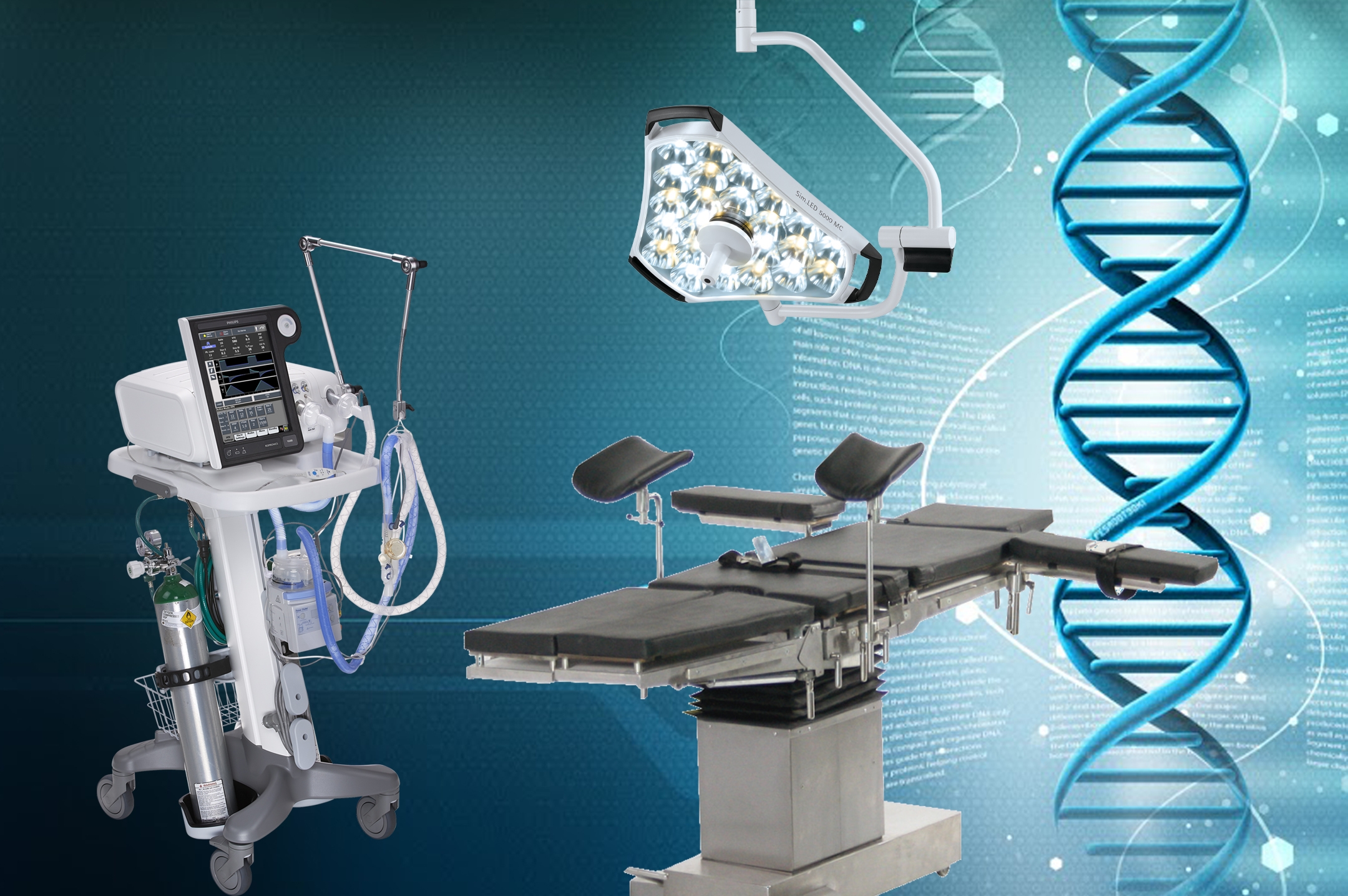
In the realm of modern healthcare, innovation is not just a buzzword; it's a lifeline for millions around the globe. Among the many technological marvels reshaping the medical landscape, 3D printing stands out as a transformative force, particularly in the production of medical instruments. From prosthetics to surgical tools, the applications of 3D printing in medicine are vast and profoundly impactful.
Traditionally, the manufacturing process for medical instruments was labor-intensive, time-consuming, and often limited in customization. However, with the advent of 3D printing technologies, these limitations are being shattered, paving the way for a new era of personalized medicine and improved patient care.
One of the most significant advantages of 3D printing in medical instrument production is its ability to create highly intricate designs with unmatched precision. Unlike traditional manufacturing methods, which often require multiple steps and tooling, 3D printing allows for the direct translation of digital designs into physical objects layer by layer. This means that complex instruments, such as surgical guides or implantable devices, can be produced with unparalleled accuracy, tailored to the specific needs of each patient.
Furthermore, 3D printing offers unparalleled flexibility in material selection, enabling the production of medical instruments with a wide range of properties, from biocompatible polymers to metal alloys. This versatility is particularly valuable in the field of orthopedics, where implants and prosthetics must withstand rigorous biomechanical demands while remaining compatible with the human body. With 3D printing, manufacturers can experiment with novel materials and compositions, pushing the boundaries of what is possible in medical device design.
Perhaps the most compelling aspect of 3D printing in healthcare is its potential to democratize access to medical instruments, especially in underserved regions. Traditional manufacturing processes often require large-scale infrastructure and significant capital investment, making it challenging for smaller healthcare facilities to procure specialized instruments. However, with 3D printing, these barriers are greatly reduced. Affordable desktop printers can produce a wide range of medical devices on-site, eliminating the need for lengthy supply chains and reducing costs for both patients and providers.
Moreover, 3D printing enables rapid prototyping and iteration, accelerating the development cycle for new medical instruments. This agility is invaluable in responding to emerging healthcare challenges, such as pandemics or natural disasters, where quick adaptation is essential. By leveraging 3D printing technologies, researchers and clinicians can swiftly design, test, and deploy innovative solutions to address evolving patient needs.
Of course, like any disruptive technology, 3D printing also presents its share of challenges and considerations, particularly concerning regulatory standards and quality control. Ensuring the safety and efficacy of 3D-printed medical instruments requires robust quality assurance processes and adherence to stringent regulatory guidelines. Additionally, ongoing research is needed to fully understand the long-term performance and biocompatibility of 3D-printed materials in clinical settings.
Nevertheless, the potential benefits of 3D printing in medical instrument production far outweigh these challenges. From enhancing surgical outcomes to improving patient comfort and quality of life, the impact of 3D printing technologies on healthcare is nothing short of revolutionary. As the technology continues to evolve and mature, we can expect to see even greater innovations that will shape the future of medicine for generations to come.
In conclusion, 3D printing is not just a tool for manufacturing; it's a catalyst for progress in healthcare. By enabling the creation of highly customized, cost-effective, and innovative medical instruments, 3D printing is transforming the way we approach patient care, ushering in a new era of possibility and promise. With each new advancement, the boundaries of what is achievable in medicine are pushed further, offering hope and healing to countless individuals worldwide.
Great blog! Interesting topic and great ideas. I will definitely follow this blog. Carry on!
Vivaan Gould
03.28.2024Excellent site with practical tips. Frequent updates. Written by experienced authors. Helps people, changes points of view.